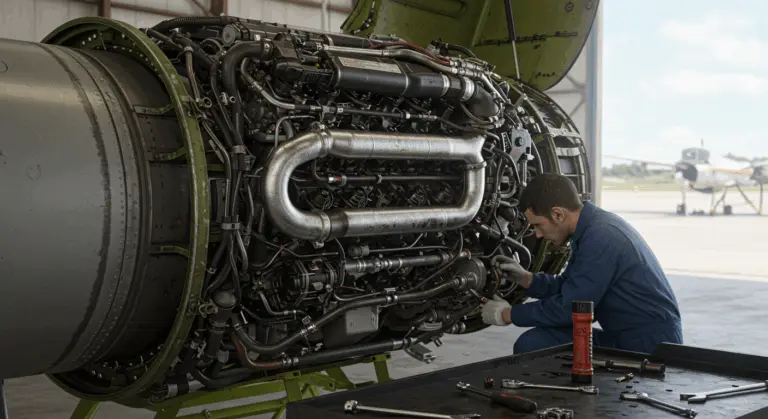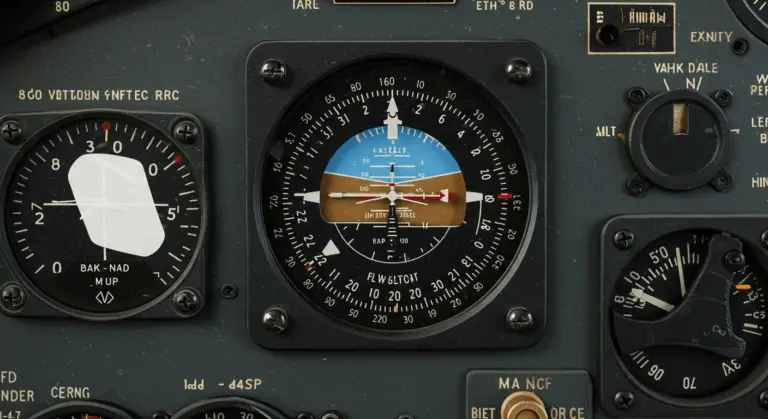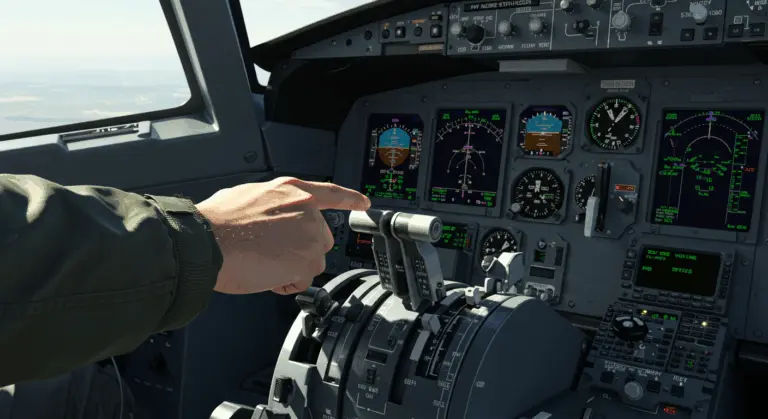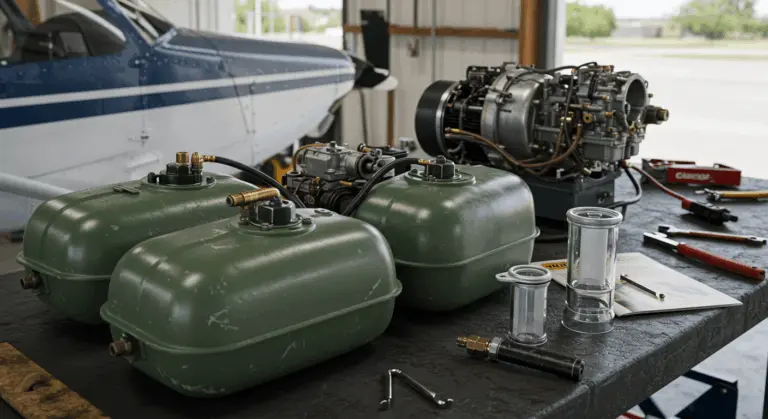Understanding Basic Empty Weight in Aviation
What is Basic Empty Weight?
Basic Empty Weight (BEW) represents the weight of an aircraft in its standard configuration—ready for flight but devoid of any payload or usable fuel. This foundational figure forms the foundation for all weight calculations, directly impacting both flight safety and operational performance.
From a technical perspective, BEW encompasses the aircraft’s structure, engines, all fixed equipment, and essential operating fluids. This includes unusable fuel and full engine oil capacity.
Why does BEW matter? It establishes a consistent baseline by accounting for every component that remains constant throughout flight. Think of it as the aircraft’s weight before you add the variables—passengers, cargo, and usable fuel.
What makes this particularly noteworthy: BEW can vary significantly between aircraft of the same model. Different optional equipment, avionics packages, or modifications create these variations. A Cessna 172’s BEW typically spans from 1,400 to 1,600 pounds, but the exact figure depends completely on its specific configuration.
Components of Basic Empty Weight
The Basic Empty Weight encompasses all fixed and operational components of the aircraft while specifically excluding variable payload elements.
Calculating Basic Empty Weight
Calculating BEW follows a systematic approach: adding up the documented weights of all components outlined in the previous section.
The Pilot’s Operating Handbook (POH) or Aircraft Flight Manual (AFM) serves as your starting point, providing the manufacturer’s baseline data. However, any modifications require weight and balance engineers to recalculate the BEW and meticulously update the aircraft’s records.
Basic Empty Weight vs. Licensed Empty Weight
The fundamental distinction between Basic Empty Weight (BEW) and Licensed Empty Weight (LEW) lies in their treatment of engine oil. BEW accounts for the full capacity of engine oil, while LEW includes only the undrainable oil that remains after complete draining.
This makes the LEW slightly lighter than the BEW—a difference that becomes particularly significant in aircraft equipped with large oil systems.
Pilots must understand precisely which definition their aircraft’s documentation employs. This understanding is essential for accurate weight and balance calculations.
Importance of Basic Empty Weight in Aviation
Why does an accurate Basic Empty Weight (BEW) matter so much in aviation? Here are the key reasons:
-
Flight Safety: It provides the essential baseline for all weight and balance calculations, ensuring the aircraft operates within its certified structural and performance limits.
-
Operational Efficiency: An accurate BEW allows operators to maximize payload and optimize loading strategies, which directly impacts profitability.
-
Modification Tracking: It serves as a reference point for tracking weight changes from equipment modifications over the aircraft’s service life.
-
Maintenance Diagnostics: An unexpected change in BEW can signal potential issues, such as fluid leaks, moisture absorption, or unrecorded alterations.
Impact of Basic Empty Weight on Aircraft Performance
An aircraft’s Basic Empty Weight (BEW) directly affects its performance capabilities across multiple dimensions:
-
Takeoff and Landing: Increased weight extends the required runway distance for both takeoff and landing.
-
Climb Performance: Heavier aircraft climb more slowly and require more fuel to reach cruising altitude.
-
Fuel Efficiency: Higher weight requires more thrust to overcome gravity and drag, increasing fuel consumption.
-
Handling and Stability: BEW modifications can shift the aircraft’s center of gravity, directly influencing control responsiveness and overall stability.
-
Range: With a fixed maximum takeoff weight, higher BEW reduces available fuel capacity, limiting the aircraft’s operational range.







